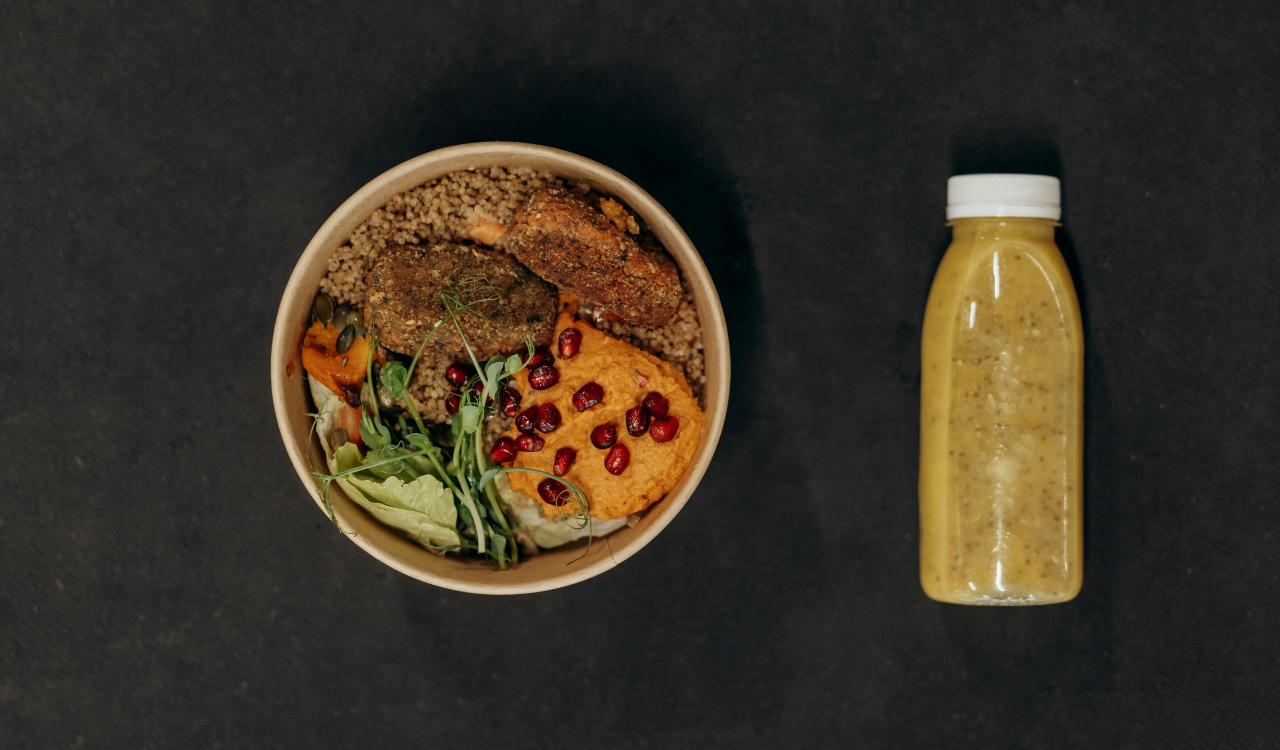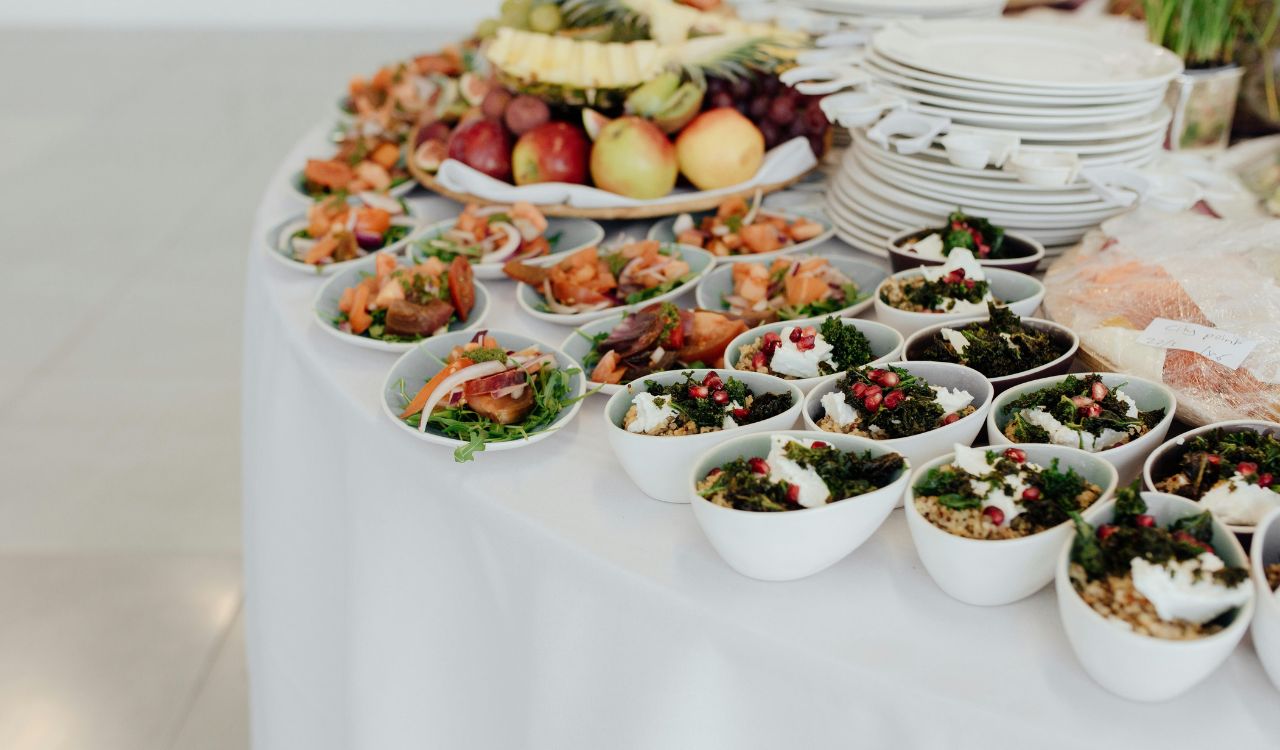10 Surprising Ways Chefs Use Vinegar
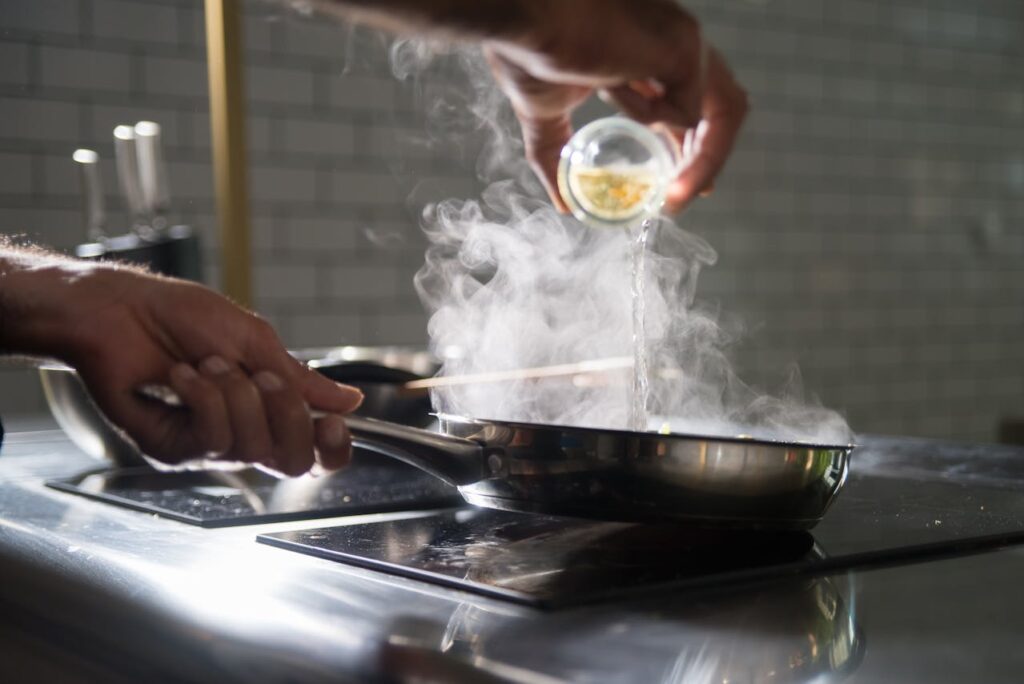
Vinegar is often seen as a pantry staple reserved for salad dressings and pickling, but in the hands of a chef, it becomes a surprisingly versatile ingredient. Its acidity can tenderize meat, brighten a heavy stew, or balance the sweetness of desserts. It can even preserve colors in vegetables, stabilize sauces, and elevate cocktails. In professional kitchens, vinegar is as much a tool as it is an ingredient. Here are ten clever ways chefs make the most of this culinary powerhouse.
1. Meat Tenderizer in Marinades
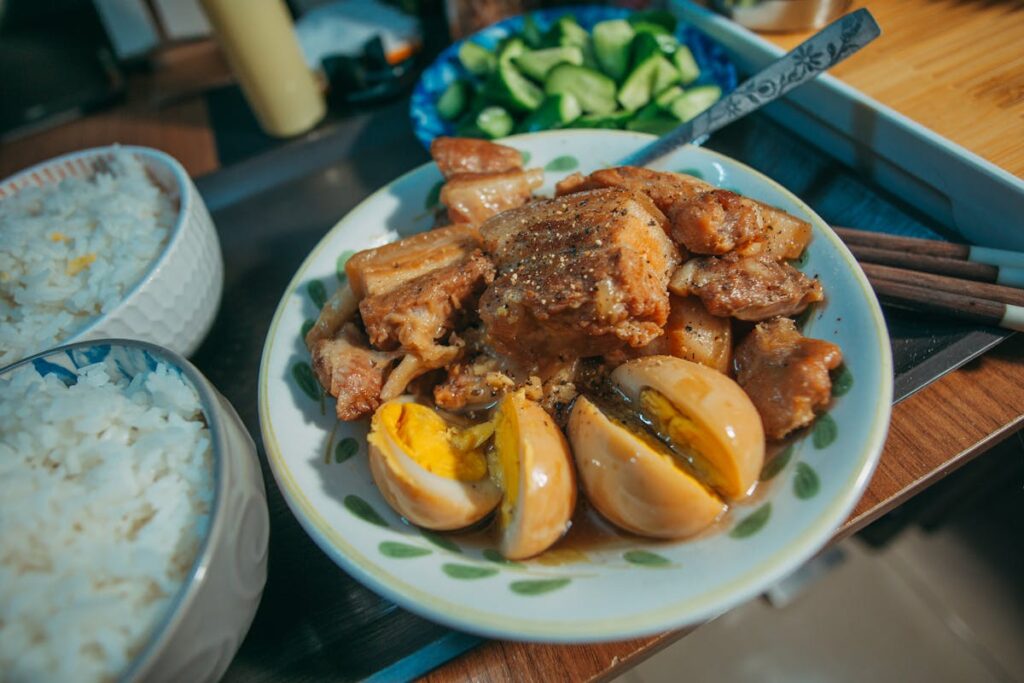
Chefs know vinegar does more than flavor meat, it works as a natural tenderizer. Its acetic acid gently breaks down proteins, making tougher cuts more succulent without losing texture. Marinades combining balsamic or red wine vinegar with herbs, garlic, and oil infuse flavor while softening fibers. The result is meat that cooks faster, stays juicy, and carries balanced seasoning throughout. It’s a reliable way to upgrade weeknight steaks or elevate slow-cooked dishes.
2. Balancing Sweetness in Desserts

Desserts often benefit from contrast, and vinegar brings just the right lift. Pastry chefs add a touch of fruit or wine vinegar to compotes, custards, and whipped cream to cut through richness. Balsamic over strawberries or raspberry vinegar in panna cotta creates complexity while preventing desserts from becoming cloying. The acidity sharpens sweetness, enhances fruit notes, and delivers sophistication, transforming simple treats into balanced, elegant finales.
3. Brightening Soups & Sauces
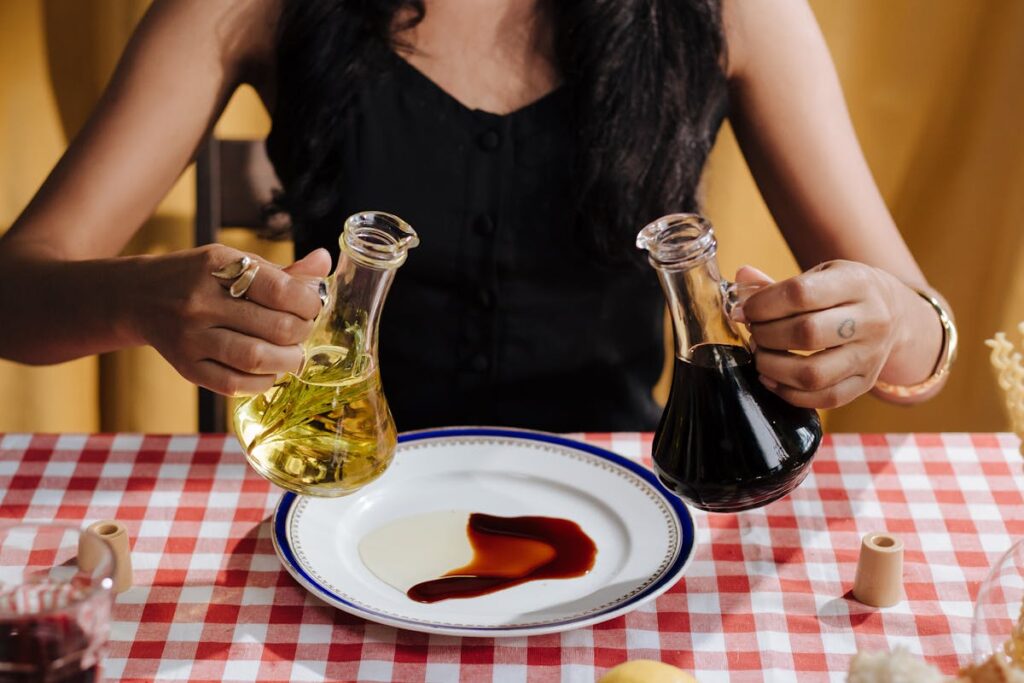
A splash of vinegar at the end of cooking can transform a soup or sauce from dull to vibrant. Tomato soup, lentil stews, and pan sauces often lose intensity after simmering, but vinegar revives them instantly. Unlike lemon juice, it blends seamlessly, adding subtle brightness without overpowering. Sherry vinegar in bean soups or white wine vinegar in cream sauces cuts through heaviness, balances fats, and makes every spoonful more dynamic and satisfying.
4. Preserving & Quick-Pickling Vegetables
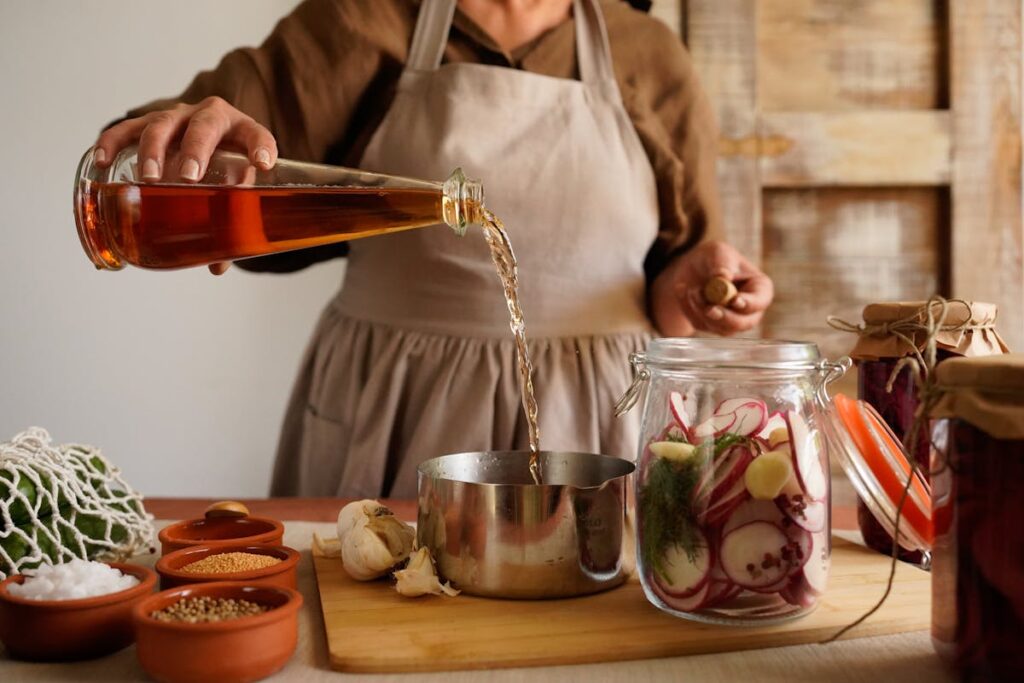
Chefs embrace vinegar’s preserving powers to extend produce and add vibrant flavor. Quick-pickling transforms vegetables like onions, cucumbers, or radishes into tangy garnishes within hours. Using apple cider, rice, or wine vinegar with sugar, salt, and spices creates crisp, balanced pickles that liven up sandwiches, grain bowls, or charcuterie platters. The acidity not only keeps vegetables crunchy and fresh but also delivers color, brightness, and contrast that lift an entire dish.
5. Deodorizing & Cleaning Kitchen Tools

Vinegar is as valuable outside the pan as inside it. Chefs use diluted vinegar to clean cutting boards, sanitize knives, and neutralize lingering odors from garlic, onions, or fish. Its antibacterial properties make it an eco-friendly alternative to chemical cleaners, and regular use prevents buildup on utensils. Even rubbing hands with vinegar water can remove stubborn smells. It’s a simple, inexpensive way professional kitchens maintain hygiene and keep tools in prime condition.
6. Emulsifying Dressings & Sauces
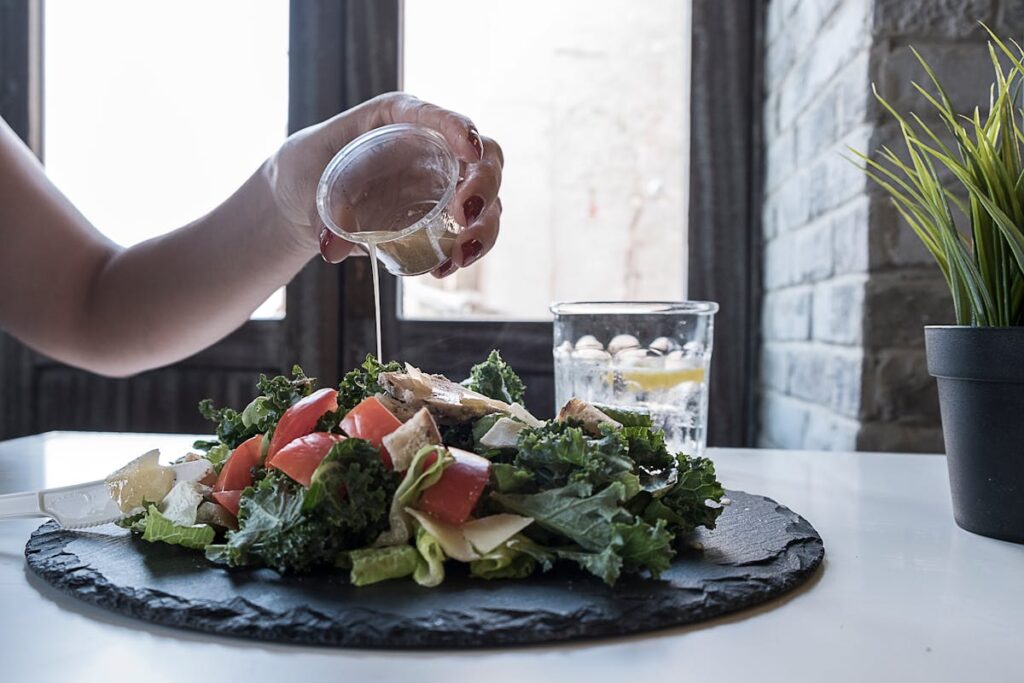
Stable emulsions are essential for smooth dressings and glossy sauces, and vinegar plays a crucial role. When whisked with oil, mustard, or egg yolks, vinegar helps bind ingredients that would otherwise separate. Chefs adjust ratios carefully to create balance: whether it’s a classic vinaigrette, a Caesar dressing, or a pan reduction. Beyond structure, the acidity enhances brightness, ensuring each spoonful tastes lively and complete rather than flat or overly heavy.
7. Enhancing Cocktails & Drinks
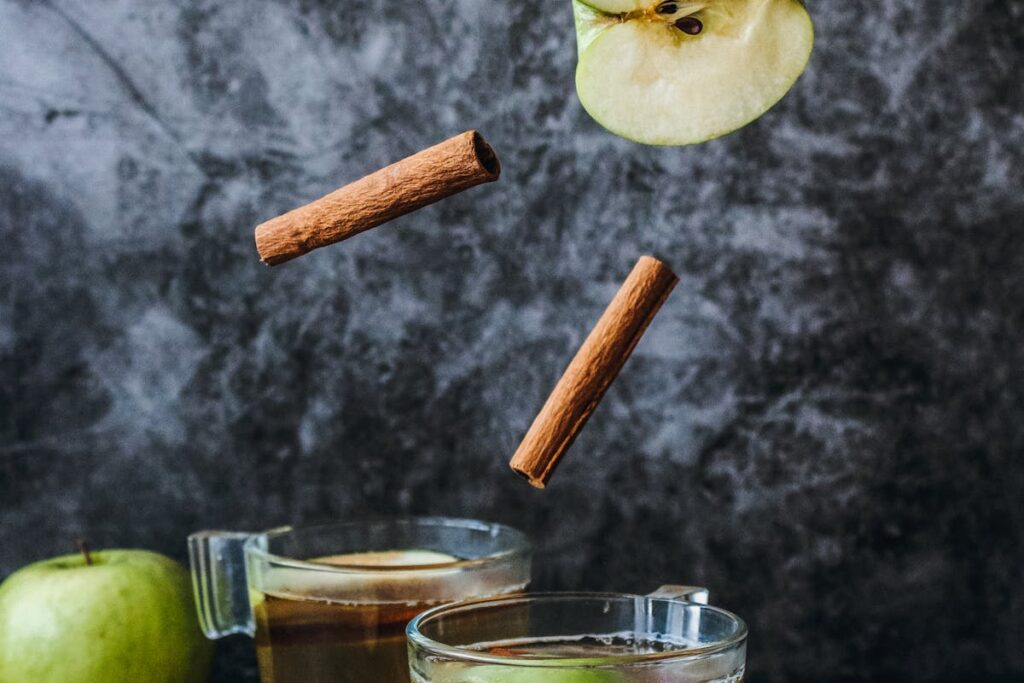
Vinegar has earned its place behind the bar, thanks to shrubs and drinking vinegars. By macerating fruit with vinegar and sugar, chefs and mixologists create tangy syrups that add depth to cocktails and mocktails. A balsamic-strawberry shrub complements gin, while apple cider vinegar adds sparkle to sparkling water. These drinks feel refreshing, layered, and less sugary, proving vinegar’s value stretches far beyond the kitchen and into creative beverage making.
8. Preserving Colour & Texture in Cooking
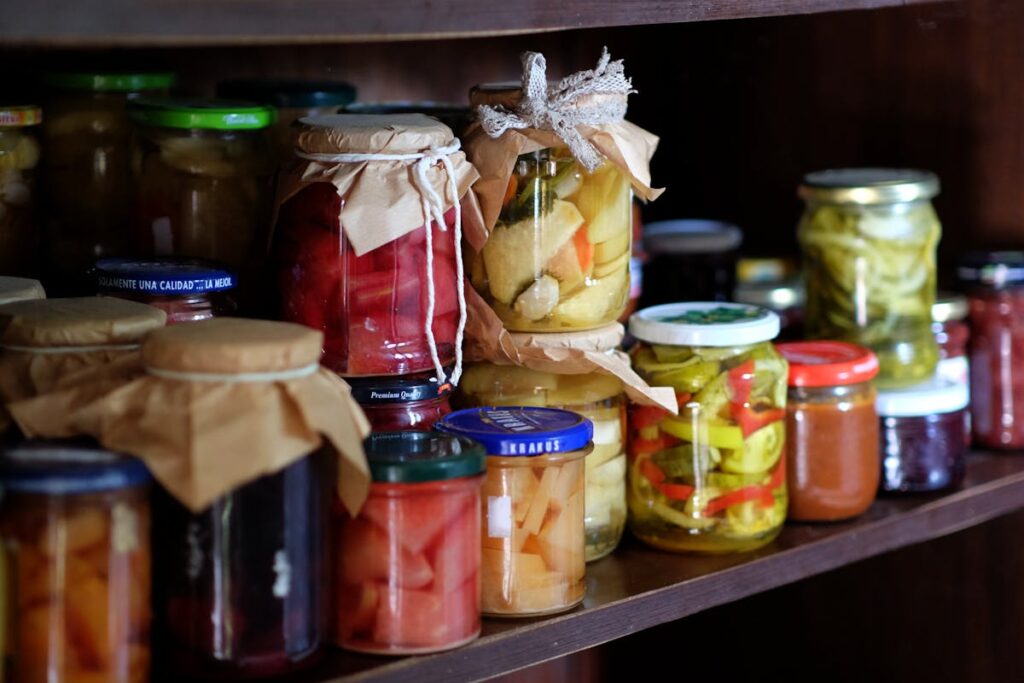
Chefs often add a splash of vinegar to boiling water to preserve the vibrant hues of vegetables and legumes. The acidity slows pigment loss, so greens stay bright and beans maintain their appeal. It also helps keep textures firm, preventing over-softening during cooking. Whether it’s broccoli, red onions, or leafy greens, this trick ensures produce looks fresh and appetizing on the plate, especially in dishes meant to showcase visual appeal.
9. Enhancing Cheese & Charcuterie Pairings
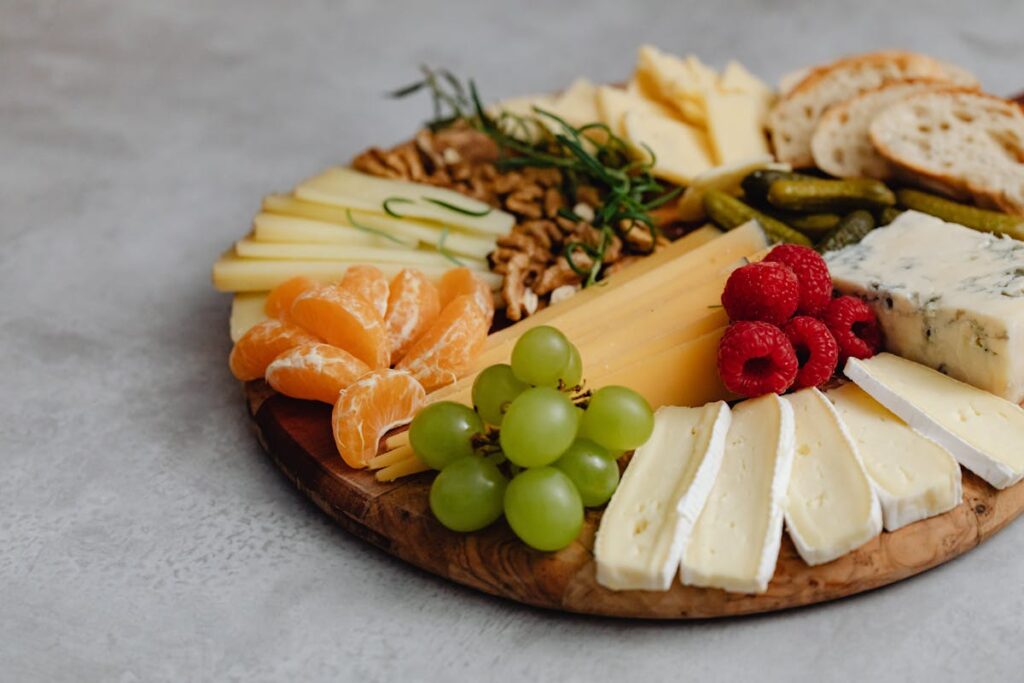
Vinegar is a secret star on cheese and charcuterie boards. Just a drizzle of aged balsamic or fruit vinegar cuts through the richness of creamy cheeses or fatty cured meats, sharpening flavors and refreshing the palate. Parmesan with balsamic or prosciutto with fig vinegar are classic pairings that showcase how a drop of acidity creates balance. By highlighting subtle notes and preventing heaviness, vinegar elevates simple boards into gourmet experiences.
10. Fixing Sauce Mistakes
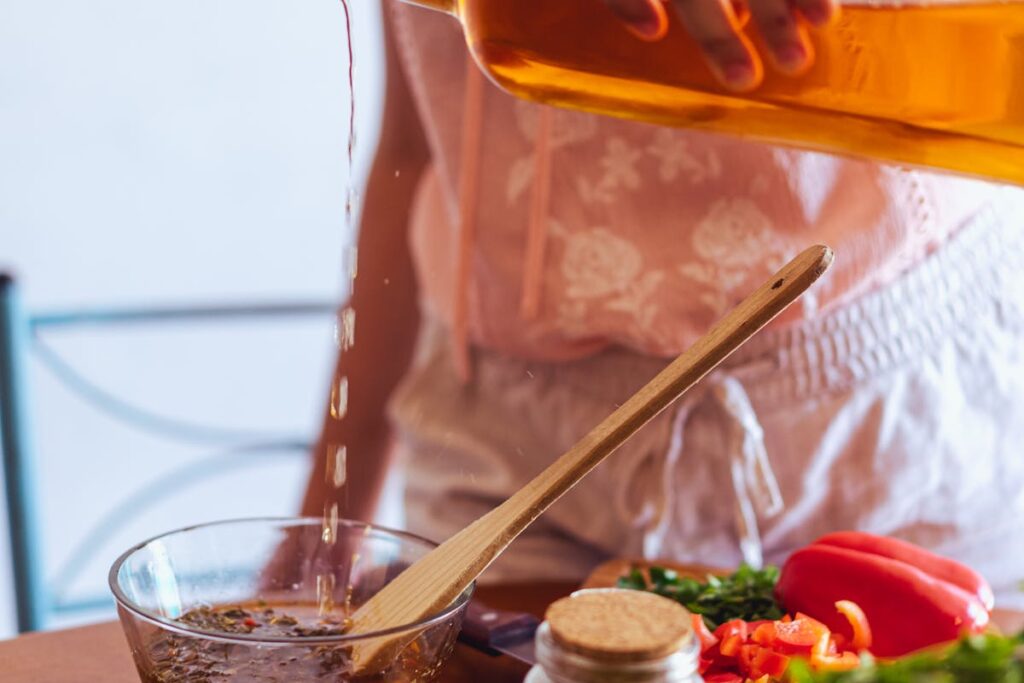
When sauces turn greasy, heavy, or bland, vinegar becomes a chef’s quick rescue. A splash of sherry, cider, or red wine vinegar cuts through excess fat, restores brightness, and balances flavors without overpowering the dish. Cream sauces, gravies, and reductions benefit most from this trick, gaining freshness and depth instantly. Rather than remaking a sauce, chefs revive it with vinegar, turning mistakes into polished, restaurant-quality accompaniments that taste lively and refined.
